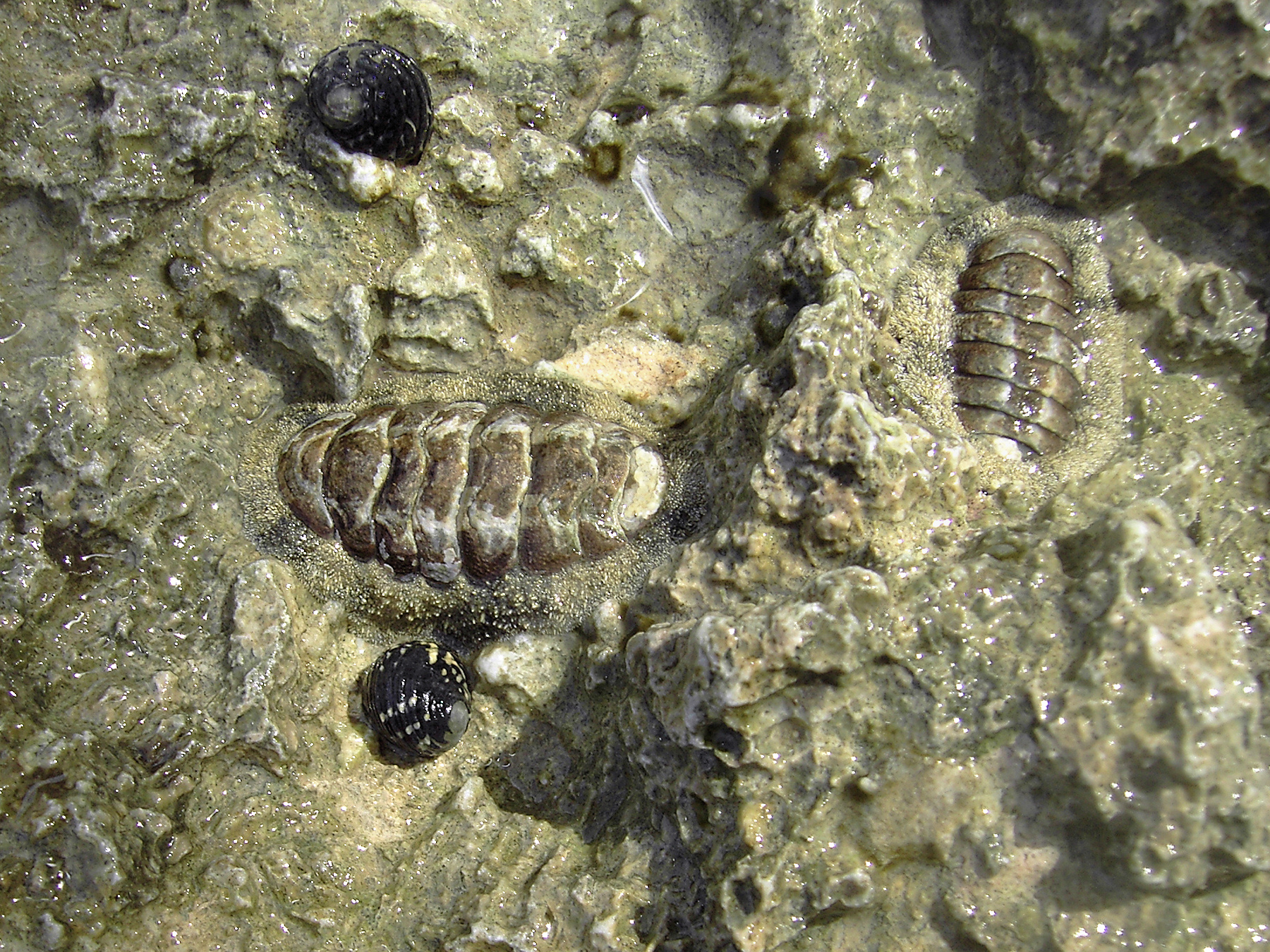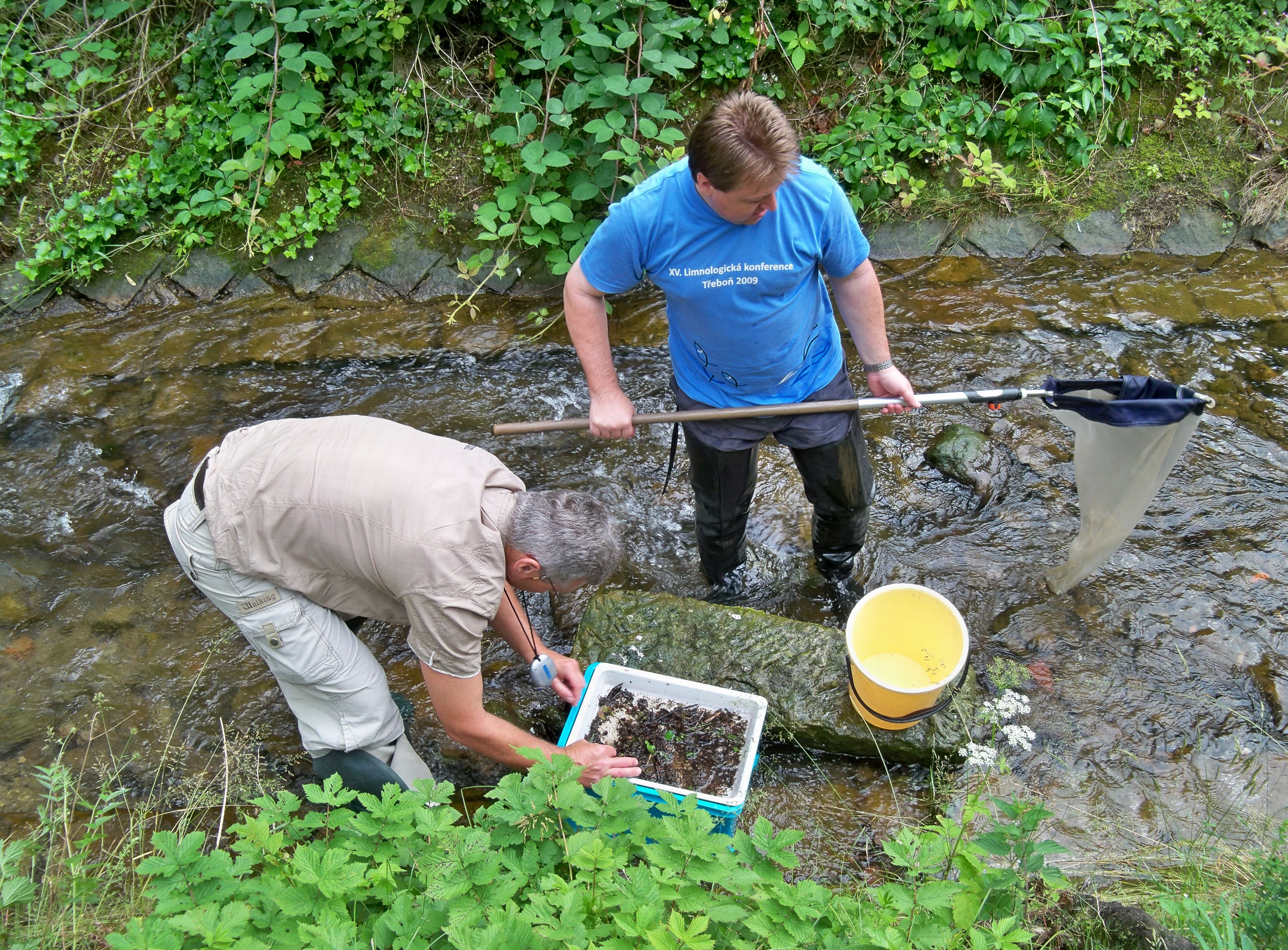|
Beddomeia Hallae
''Beddomeia hallae'', also known as Buttons Rivulet hydrobiid snail, is a species of small freshwater snail that is Endemism, endemic to Australia. The species is an aquatic animal, aquatic operculate gastropod mollusk in the family Hydrobiidae. ''Beddomeia hallae'' belongs to the genus ''Beddomeia'', which is the largest group in the family Hydrobiidae, consisting of 47 species. In the Threatened Species Protection Act 1995, this species is one of the 37 Beddomeia species listed as endangered, however, on the International Union for Conservation of Nature Red List, the species is listed as vulnerable. Found in Tasmania, in the streams of Buttons Rivulet and Castra Rivulet, ''Beddomeia hallae'' is sighted in its natural habitat amongst wood, leaves and under stones. Nonetheless, the ''Beddomeia'' species including ''Beddomeia hallae'' are geographically isolated, existing within restricted ranges. ''Beddomeia hallaes survival as a species is threatened by agricultural clearing, fo ... [...More Info...] [...Related Items...] OR: [Wikipedia] [Google] [Baidu] |
Animalia
Animals are multicellular, eukaryotic organisms in the biological kingdom Animalia. With few exceptions, animals consume organic material, breathe oxygen, are able to move, can reproduce sexually, and go through an ontogenetic stage in which their body consists of a hollow sphere of cells, the blastula, during embryonic development. Over 1.5 million living animal species have been described—of which around 1 million are insects—but it has been estimated there are over 7 million animal species in total. Animals range in length from to . They have complex interactions with each other and their environments, forming intricate food webs. The scientific study of animals is known as zoology. Most living animal species are in Bilateria, a clade whose members have a bilaterally symmetric body plan. The Bilateria include the protostomes, containing animals such as nematodes, arthropods, flatworms, annelids and molluscs, and the deuterostomes, containing the echinode ... [...More Info...] [...Related Items...] OR: [Wikipedia] [Google] [Baidu] |
Threatened Species Protection Act 1995
The ''Threatened Species Protection Act 1995'' (TSP Act), is an act of the Parliament of Tasmania that provides the statute relating to conservation of flora and fauna. Its long title is An Act to provide for the protection and management of threatened native flora and fauna and to enable and promote the conservation of native flora and fauna. It received the royal assent on 14 November 1995. As of 25 November 2020, the TSP Act is administered by the Department of Primary Industries, Parks, Water and Environment (Tasmania) and is the primary legislation for the listing, protection and conservation of threatened native flora and fauna in Tasmania. Threatened species in Tasmania can also be listed on the Environment Protection and Biodiversity Conservation Act 1999, which is the primary national legislation for the protection of threatened species in Australia. The objectives of the TSP Act are to ensure the survival of native flora and fauna as well to encourage, educate and as ... [...More Info...] [...Related Items...] OR: [Wikipedia] [Google] [Baidu] |
Chitons
Chitons () are marine molluscs of varying size in the class Polyplacophora (), formerly known as Amphineura. About 940 extant and 430 fossil species are recognized. They are also sometimes known as gumboots or sea cradles or coat-of-mail shells or suck-rocks, or more formally as loricates, polyplacophorans, and occasionally as polyplacophores. Chitons have a shell composed of eight separate shell plates or valves. These plates overlap slightly at the front and back edges, and yet articulate well with one another. Because of this, the shell provides protection at the same time as permitting the chiton to flex upward when needed for locomotion over uneven surfaces, and even allows the animal to curl up into a ball when dislodged from rocks. The shell plates are encircled by a skirt known as a girdle. Habitat Chitons live worldwide, from cold waters through to the tropics. They live on hard surfaces, such as on or under rocks, or in rock crevices. Some species live quite high ... [...More Info...] [...Related Items...] OR: [Wikipedia] [Google] [Baidu] |
Squid
True squid are molluscs with an elongated soft body, large eyes, eight arms, and two tentacles in the superorder Decapodiformes, though many other molluscs within the broader Neocoleoidea are also called squid despite not strictly fitting these criteria. Like all other cephalopods, squid have a distinct head, bilateral symmetry, and a mantle. They are mainly soft-bodied, like octopuses, but have a small internal skeleton in the form of a rod-like gladius (cephalopod), gladius or pen, made of chitin. Squid diverged from other cephalopods during the Jurassic and occupy a similar role to teleost fish as open water predators of similar size and behaviour. They play an important role in the open water food web. The two long tentacles are used to grab prey and the eight arms to hold and control it. The beak then cuts the food into suitable size chunks for swallowing. Squid are rapid swimmers, moving by Aquatic locomotion#Jet propulsion, jet propulsion, and largely locate their ... [...More Info...] [...Related Items...] OR: [Wikipedia] [Google] [Baidu] |
Slugs
Slug, or land slug, is a common name for any apparently shell-less terrestrial gastropod mollusc. The word ''slug'' is also often used as part of the common name of any gastropod mollusc that has no shell, a very reduced shell, or only a small internal shell, particularly sea slugs and semislugs (this is in contrast to the common name ''snail'', which applies to gastropods that have a coiled shell large enough that they can fully retract their soft parts into it). Various taxonomic families of land slugs form part of several quite different evolutionary lineages, which also include snails. Thus, the various families of slugs are not closely related, despite a superficial similarity in the overall body form. The shell-less condition has arisen many times independently as an example of convergent evolution, and thus the category "slug" is polyphyletic. Taxonomy Of the six orders of Pulmonata, two – the Onchidiacea and Soleolifera – solely comprise slugs. A third family, ... [...More Info...] [...Related Items...] OR: [Wikipedia] [Google] [Baidu] |
Clams
Clam is a common name for several kinds of bivalve molluscs. The word is often applied only to those that are edible and live as infauna, spending most of their lives halfway buried in the sand of the seafloor or riverbeds. Clams have two shells of equal size connected by two adductor muscles and have a powerful burrowing foot. They live in both freshwater and marine environments; in salt water they prefer to burrow down into the mud and the turbidity of the water required varies with species and location; the greatest diversity of these is in North America. Clams in the culinary sense do not live attached to a substrate (whereas oysters and mussels do) and do not live near the bottom (whereas scallops do). In culinary usage, clams are commonly eaten marine bivalves, as in clam digging and the resulting soup, clam chowder. Many edible clams such as palourde clams are ovoid or triangular; however, razor clams have an elongated parallel-sided shell, suggesting an old-fashioned s ... [...More Info...] [...Related Items...] OR: [Wikipedia] [Google] [Baidu] |
Fieldwork
Field research, field studies, or fieldwork is the collection of raw data outside a laboratory, library, or workplace setting. The approaches and methods used in field research vary across disciplines. For example, biologists who conduct field research may simply observe animals interacting with their environments, whereas social scientists conducting field research may interview or observe people in their natural environments to learn their languages, folklore, and social structures. Field research involves a range of well-defined, although variable, methods: informal interviews, direct observation, participation in the life of the group, collective discussions, analyses of personal documents produced within the group, self-analysis, results from activities undertaken off- or on-line, and life-histories. Although the method generally is characterized as qualitative research, it may (and often does) include quantitative dimensions. History Field research has a long history. ... [...More Info...] [...Related Items...] OR: [Wikipedia] [Google] [Baidu] |
Research Assistant
A research assistant (RA) is a researcher employed, often on a temporary contract, by a university, a research institute or a privately held organization, for the purpose of assisting in academic or private research. Research assistants are not independent and are responsible to a supervisor or principal investigator and usually are not directly responsible for the outcome of the research. However, in some countries, research assistants can be the main contributor to the outcome of the research. Research assistants are often educated to degree level and might be enrolled in a postgraduate degree program and simultaneously teach, for example, if enrolled in a PhD programme they are known as Doctoral Research Assistants. Undergraduate and post-doctoral level Although a research assistant is normally appointed at graduate level, undergraduates are also sometimes appointed to support research. In Economics and Business, for instance, numerous research assistantship opportunities are a ... [...More Info...] [...Related Items...] OR: [Wikipedia] [Google] [Baidu] |
Phylum
In biology, a phylum (; plural: phyla) is a level of classification or taxonomic rank below kingdom and above class. Traditionally, in botany the term division has been used instead of phylum, although the International Code of Nomenclature for algae, fungi, and plants accepts the terms as equivalent. Depending on definitions, the animal kingdom Animalia contains about 31 phyla, the plant kingdom Plantae contains about 14 phyla, and the fungus kingdom Fungi contains about 8 phyla. Current research in phylogenetics is uncovering the relationships between phyla, which are contained in larger clades, like Ecdysozoa and Embryophyta. General description The term phylum was coined in 1866 by Ernst Haeckel from the Greek (, "race, stock"), related to (, "tribe, clan"). Haeckel noted that species constantly evolved into new species that seemed to retain few consistent features among themselves and therefore few features that distinguished them as a group ("a self-contained unity" ... [...More Info...] [...Related Items...] OR: [Wikipedia] [Google] [Baidu] |
Precautionary Principle
The precautionary principle (or precautionary approach) is a broad epistemological, philosophical and legal approach to innovations with potential for causing harm when extensive scientific knowledge on the matter is lacking. It emphasizes caution, pausing and review before leaping into new innovations that may prove disastrous. Critics argue that it is vague, self-cancelling, unscientific and an obstacle to progress. In an engineering context, the precautionary principle manifests itself as the factor of safety, discussed in detail in the monograph of Elishakoff. It was apparently suggested, in civil engineering, by Belindorde Bélidor, Bernard Forest, La science des ingénieurs, dans la conduite des travaux de fortification et d'architecture civile, Paris: Chez Claude Jombert 1729 in 1729. Interrelation between safety factor and reliability is extensively studied by engineers and philosophers. The principle is often used by policy makers in situations where there is the possi ... [...More Info...] [...Related Items...] OR: [Wikipedia] [Google] [Baidu] |
Management
Management (or managing) is the administration of an organization, whether it is a business, a nonprofit organization, or a government body. It is the art and science of managing resources of the business. Management includes the activities of setting the strategy of an organization and coordinating the efforts of its employees (or of volunteers) to accomplish its objectives through the application of available resources, such as financial, natural, technological, and human resources. "Run the business" and "Change the business" are two concepts that are used in management to differentiate between the continued delivery of goods or services and adapting of goods or services to meet the changing needs of customers - see trend. The term "management" may also refer to those people who manage an organization—managers. Some people study management at colleges or universities; major degrees in management includes the Bachelor of Commerce (B.Com.), Bachelor of Business Adminis ... [...More Info...] [...Related Items...] OR: [Wikipedia] [Google] [Baidu] |


.jpg)




